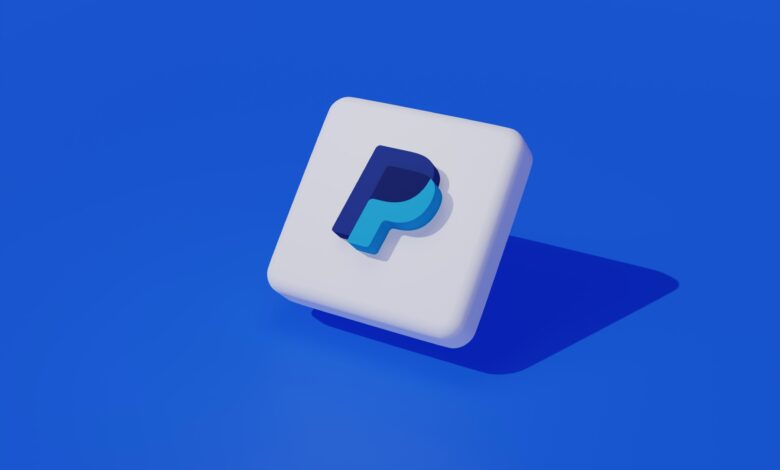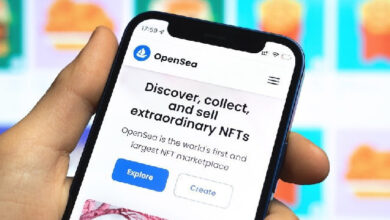PayPal Debuts ERC-20 Stablecoin, Linked to US Dollar

PayPal has announced the launch of a new dollar-backed stablecoin, marking the first time a major U.S. financial company has created a stablecoin, according to an official statement. This solidifies the American payments giant’s teaser in early 2022.
The stablecoin, named PayPal USD ($PYUSD) is an ERC-20 token issued on the Ethereum blockchain by Paxos Trust Co. and will be available starting August 7.
In the coming weeks, PayPal customers will be able to purchase, send, and convert the stablecoin, as well as fund purchases with it. The company has also confirmed that the stablecoin can be transferred between PayPal and “compatible external wallets.” As of press time, the company didn’t clarify which wallets would fall under this category.
PayPal’s foray into the stablecoin market is a significant milestone in its ongoing integration of crypto services, which began in early 2021 when the company began offering its users the ability to buy, sell, and hold major digital assets like Bitcoin and Ether. This move was followed by enabling crypto purchases for Venmo users.
“The shift toward digital currencies requires a stable instrument that is both digitally native and easily connected to fiat currency like the U.S. dollar,” said Dan Schulman, president and CEO, PayPal.
He further emphasized the company’s commitment to responsible innovation and compliance, stating that these principles provide the necessary foundation for contributing to the growth of digital payments through PayPal USD.
The new stablecoin will be fully backed by U.S. dollar deposits, U.S. Treasuries, and similar cash equivalents. Its issuer, Paxos Trust Co., is a fully licensed limited purpose trust company that is subject to regulatory oversight by the New York State Department of Financial Services (NYDFS).
Last June, PayPal was issued a BitLicense by NYDFS after it previously obtained a conditional BitLicense.
Paxos will be responsible for publishing a monthly Reserve Report on the stablecoin, along with an attestation of the value of PayPal USD reserve assets by an independent third-party accounting firm, beginning in September.
Paxos CEO, Charles Cascarilla, hailed the launch of PayPal’s new stablecoin as a “significant leap forward” for digital assets and the overall financial sector – however, from what we’ve seen emerge from the digital asset sector so far, this remains to be seen.
The Need For Legislation
Shortly after PayPal’s announcement on Monday, House Financial Services Committee Chair Patrick T. McHenry (R-N.C.), emphasized the immediate need to pass legislation to regulate stablecoins pointing to PayPal USD’s debut.
“This announcement is a clear signal that stablecoins – if issued under a clear regulatory framework – hold promise as a pillar of our 21st century payments system,” McHenry said in a statement on Monday.
Last month, the Committee pushed forward the “Clarity for Payment Stablecoins Act,” a regulatory framework for payment stablecoins, which according to McHenry, would protect consumers through federal guardrails while preserving the United States’ drive for innovation.
However, Rep. Maxine Waters (D-CA) expressed concerns that big tech companies like Meta and Amazon could potentially issue their own digital currencies under the current bill.





